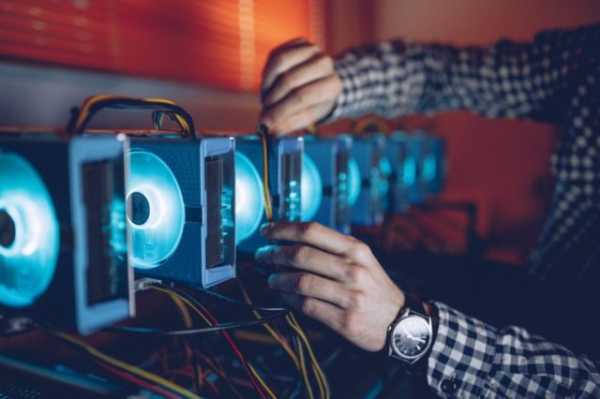Luxor's Aaron Foster on the Growing Difficulty of Bitcoin Mining

Luxor Technology aims to simplify the process of Bitcoin mining. That is why the company has introduced various products (mining pools, hashrate derivatives, analytical tools, ASIC brokerage services) to support both large and small miners in expanding their operations.
Aaron Forster, Head of Business Development, joined the company in October 2021 and has seen the team grow from 15 to 85 people in three and a half years.
Forster spent a decade working in the energy sector in Canada before getting into Bitcoin mining, which is one of the reasons he will be speaking about the future of mining in Canada and the US at this year’s BTC & Mining Summit.
Stay tuned for full coverage of the Consensus 2025 conference in Toronto, May 14-16.
Ahead of the event, Forster shared his views with CoinDesk on Bitcoin miners' transition to AI technology, the growing difficulty in the mining industry, and how Luxor's solutions help miners hedge various risks.
This interview has been condensed and edited for clarity.
CoinDesk: Mining pools allow miners to pool their computing power, increasing their chances of winning Bitcoin block rewards. Can you explain how Luxor mining pools work?
Aaron Forster: Mining pools are aggregators that reduce the variance of solo mining. If you think about solo mining, it's like a lottery: you can plug in your machines and get a block reward tomorrow or in a hundred years. But in the meantime, you're still paying for electricity. On a small scale, it's not that big of a deal if you scale and build a business around it.
The most common type of mining pool is PPLNS, which stands for Pay-Per-Last-N-Shares. This means that the miner does not receive a reward until the pool finds a block. This is also due to the variance of luck, so it is essentially no different from solo mining. However, it does create volatility in revenue for large industrial miners.
So we're seeing a model emerge that we call Full-Pay-Per-Share (FPPS), and that's what Luxor is working on for our Bitcoin pool. With FPPS, whether we find a block or not, we still pay our miners based on the amount of shares they've sent to the pool. This gives miners a certainty of income, assuming the hash price stays stable. We've effectively become a kind of insurer.
The problem is that you need deep and strong financial resources to support this model, because although we have reduced the risk for the miners, this risk is now on us. So we need to plan carefully. But this can be calculated over a fairly long period. We have various partners, so we do not bear all the risk ourselves.
Tell us about your ASIC brokerage business.
We have become one of the leading suppliers of equipment in the aftermarket. Primarily in North America, but we supply to over 35 countries. We work with everyone from government to private companies, from institutions to retail customers.
We are primarily a broker, meaning we connect buyers and sellers, primarily in the secondary market. Sometimes we partner with ASIC manufacturers, and in some cases we take a principal position, using funds from our balance sheet to purchase ASICs and then resell them in the secondary market. However, the majority of our volume comes from matching buyers and sellers.
Luxor also introduced the first hashrate futures contracts.
We are looking to grow the Bitcoin mining industry. We are a hashrate marketplace, depending on how you look at our mining pools, and we would like to take a significant step forward by bringing hashrate into the traditional financial system.
We have developed a tool that allows investors to take a position on hashprice without actually owning mining equipment. Hashprice is what is known as the hourly or daily income that miners receive, which fluctuates significantly. For some, it is a hedge, for others, it is a speculation. We are building a tool that allows miners to sell their hashrate forward and use it as primary collateral or a way to fund growth.
We proposed, “Let’s allow miners to sell hashrate up front, get bitcoin up front, and then use those funds as they see fit, whether it’s to buy ASICs or expand their mining operations.” It’s a form of hashrate collateral. So they’re obligated to provide us with X amount of hashrate every month for the duration of the contract. Before that, they get a certain amount of bitcoin up front.
There is a market imbalance between buyers and sellers. We have a lot of buyers, that is, people and organizations who want to earn income from their bitcoins. What you lend your bitcoins is effectively your interest rate. However, you can also think of it as buying hashrate at a discount. This is important for institutions or individuals who do not want physical exposure to bitcoin mining, but want to participate in the movement of hashrate or hashrate prices. They can do this synthetically by buying bitcoins and listing them on our marketplace, effectively lending them out, earning income, and buying that hashrate at a discount.
Source: cryptonews.net



